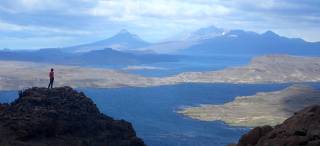«My research is dating glacier landforms, glacial moraines in particular. Mapping out the moraines gives us an idea of how big glaciers were in the past. When we date the moraines, it allows us to reconstruct past glaciers both spatially and temporally,» says Tuestad, who is the first author of an article that was recently published in Quaternary Science Reviews.
The Earth´s surface is constantly exposed to cosmic radiation from space, which triggers the production of “cosmogenic nuclides” in rocks. When glaciers retreat, they leave behind freshly exposed bedrock and landform, which begin to accumulate cosmogenic nuclides. By measuring the concentration of these nuclides in a rock surface, scientists can calculate how long ago the area became ice-free. This is what Tuestad`s article is about.
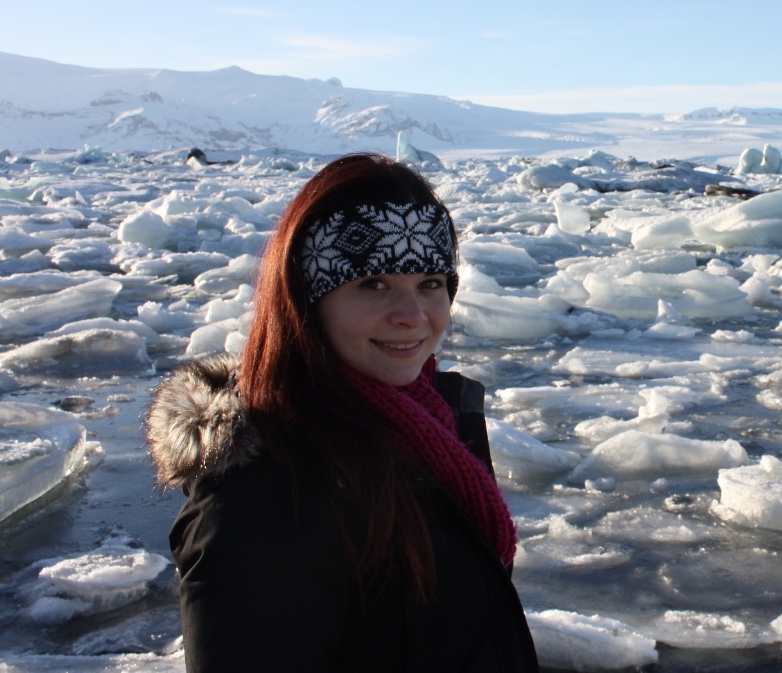
Key discoveries
Jostein Bakke is a Professor at the Department of Earth Science at the University of Bergen and the Bjerknes Centre. Together with Henriette Linge and Eivind Støren, also from University of Bergen, and colleagues from France, the United States and Switzerland, he went to Kerguelen in 2019 to do lake coring and mapping of glacial positions in the north of the island.
The oldest moraines they found on Kerguelen is about 11,500 years old, but they have dating results that show that mountain peaks in the area started becoming ice-free 13,500 years ago. That means they have made discoveries from the end of the previous glacial period and into Holocene.
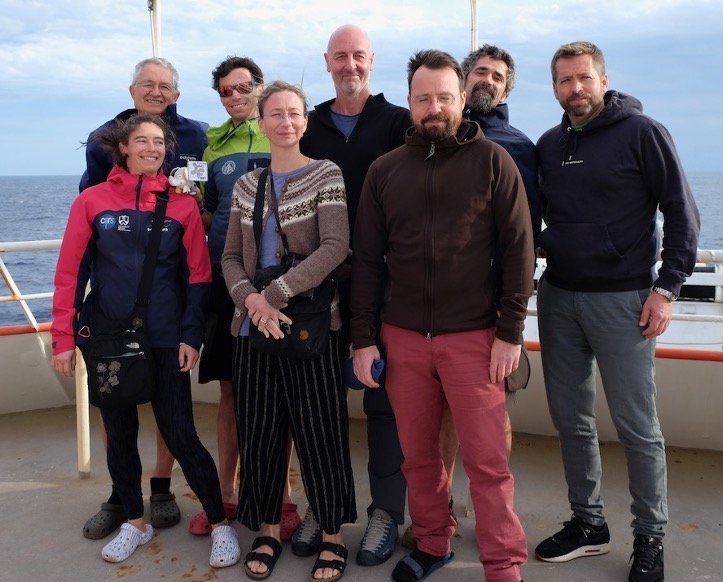
"The key discovery is that we found early Holocene moraines in Kerguelen. From 11,500 and 10,400 years ago. These are the first moraines in that age that are found on the island. Previously, researchers had only identified several moraines from the late glacial period, approximately 13-14,000 years ago, from a time known as The Antarctic Cold Reversal. These moraines show that glaciers on Kerguelen advanced during this period, then retreated during a relatively warm early Holocene.
"Until now no one has found any moraines from the early Holocene, they just assumed that glaciers retreated to very small extents during this time. Our results show that at least one glacier was still relatively big in the early Holocene."
Glacial evolution
Sediments sampled from the floor of lakes can also indicate when glaciers have developed or disappeared, as well as the temperature at different times. All these variables can be linked to the westerlies.
Jarle Børve Sleire from the Department of Earth Science at the University of Bergen is working on an article about Kerguelen. He has analysed sediment cores from lakes on the island. These cores are extracted from lakes that receive input from glaciers. The glaciers grind down the bedrock, creating what we refer to as rock flour – a fine sediment, which is transported by rivers and deposited in the lakes.

"Using sediment cores, we can date and create a reconstruction of how these glaciers behaved in the past. My work focuses on analysing sediments from the last 1000-2000 years to identify how the glacier has behaved," says Sleire.
The westerlies are shifting
Glaciers work as climate indicators. They can provide a warning of what lies ahead. By studying their behaviour over time, we can gain insights into how the climate has changed.
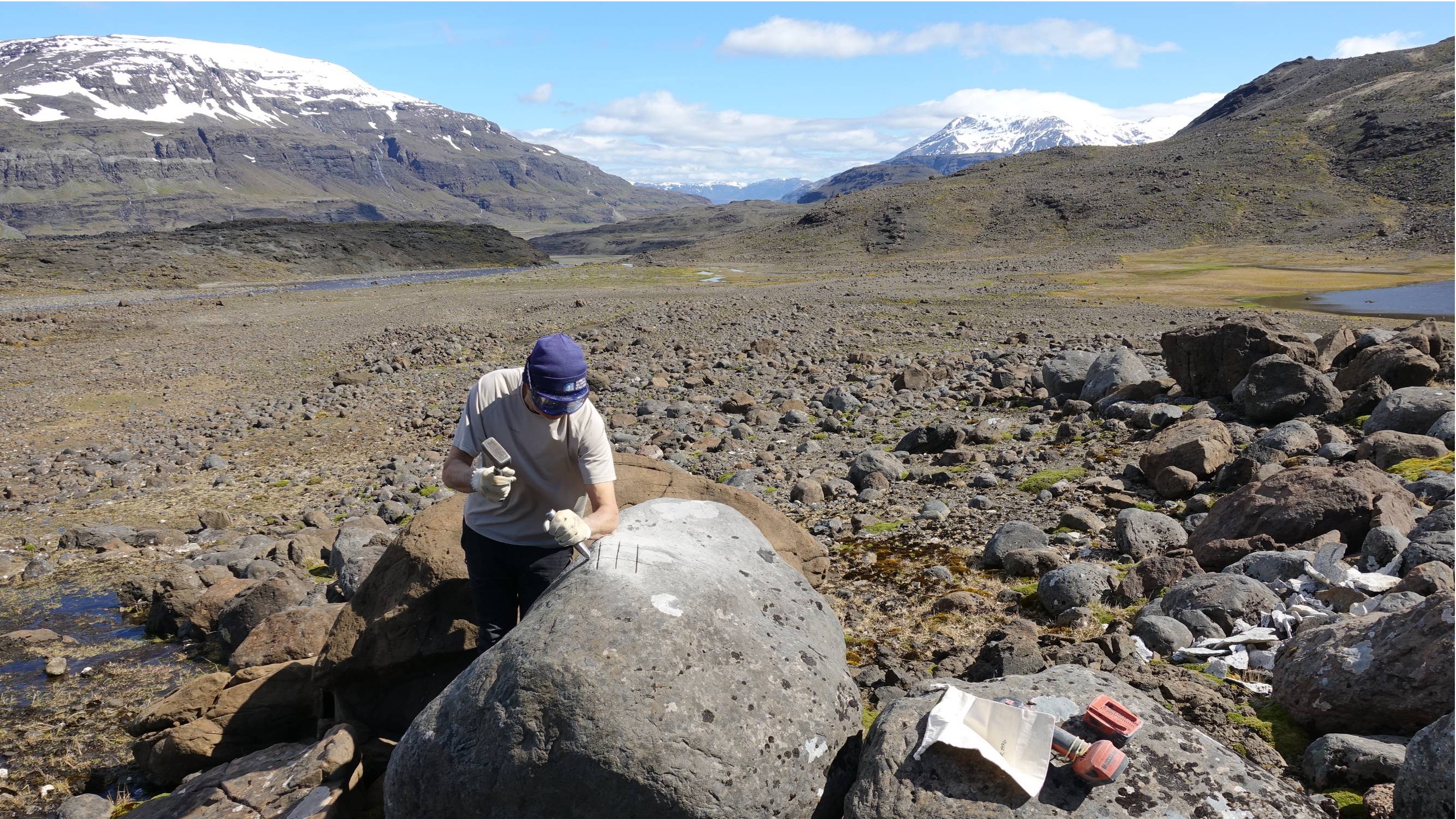
"For instance, glaciers on Kerguelen can tell us a lot about how the southern westerly winds have varied in the past. Similar to how Bergen receives rainfall from the northern westerly winds, we have a comparable situation in the Southern Hemisphere. Here, the southern westerlies move around Antarctica, supplying precipitation to islands like Kerguelen where, without this supply, glaciers could not exist. Today the westerlies are shifting further south and this we can see in the glaciers as they are rapidly retreating," says Sleire.
Human influence dominating
Other areas of the mid-latitudes are also affected, such as parts of Australia and New Zealand where droughts have become more prevalent in recent decades
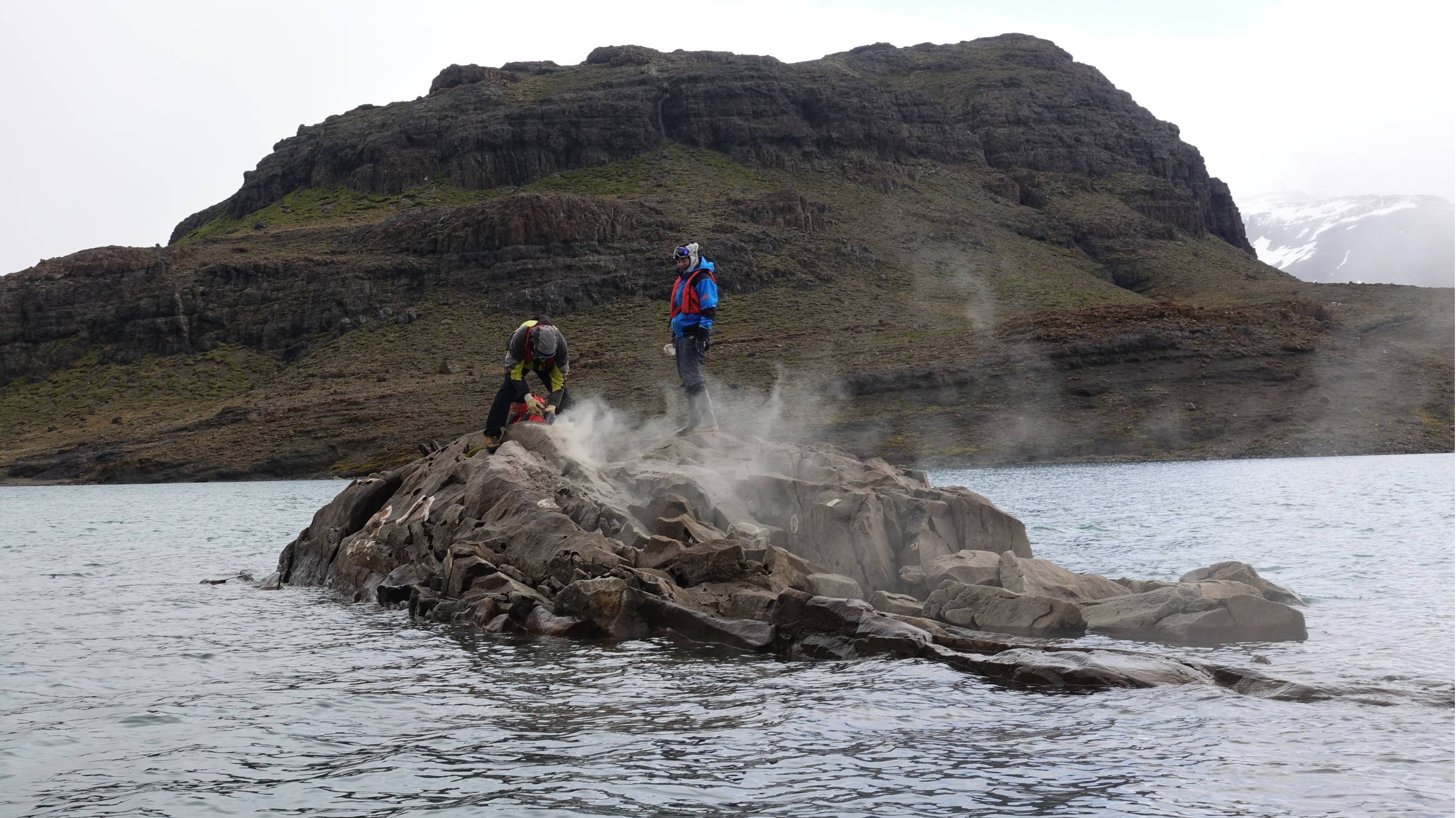
"My data, as well as the research of others, indicate that the westerly winds have varied substantially in the past, but the current situation is exceptionally unusual. Previously, changes in the westerlies were connected to natural cycles and feedback in the climate system, but now it seems human influence and global warming are the dominating factors for how the wind belt behaves. As such, the rising temperatures are not only melting Kerguelen’s glaciers, but depriving them of snow, hail and rain," says Sleire.
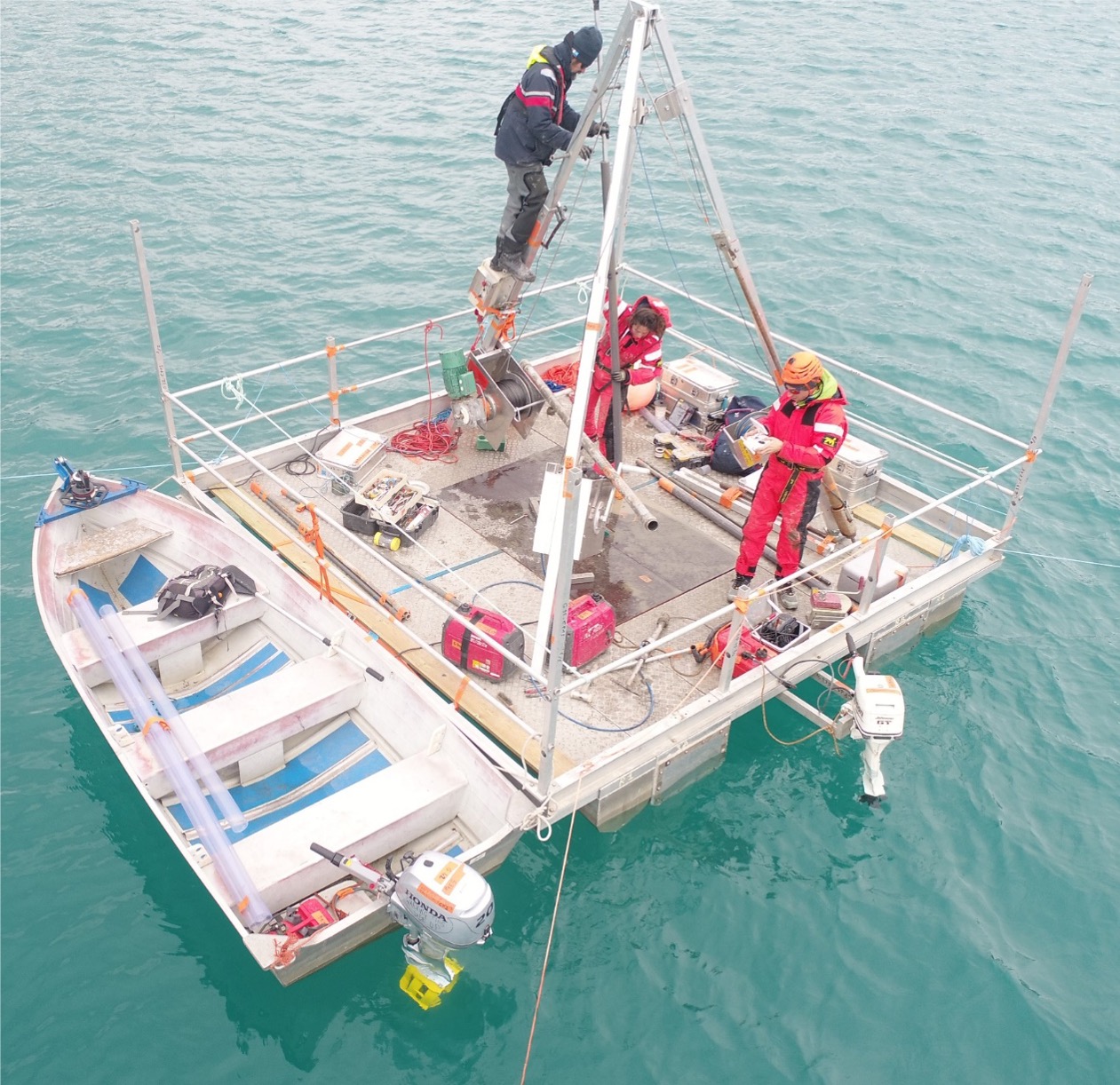
The southern westerly winds do not only impact climate on land but are crucial for maintaining the Antarctic Circumpolar Current that is essential for carbon uptake in the Southern Ocean. As such, more research on this is of the upmost importance. Sleire thinks it has been interesting to work with this material.
"It is satisfying when you gain control over the age of sediments, then you can create a reconstruction. The most rewarding part of the job is when you achieve age control, and all the pieces fall into place. You can download data from other researchers and compare it with your own to see if they match."


